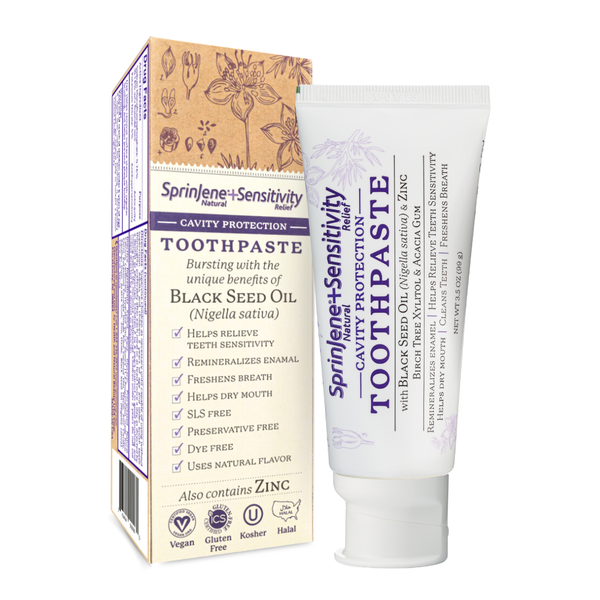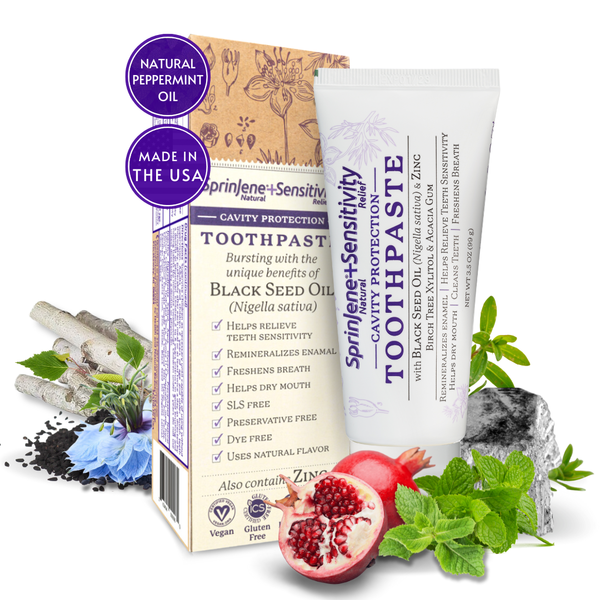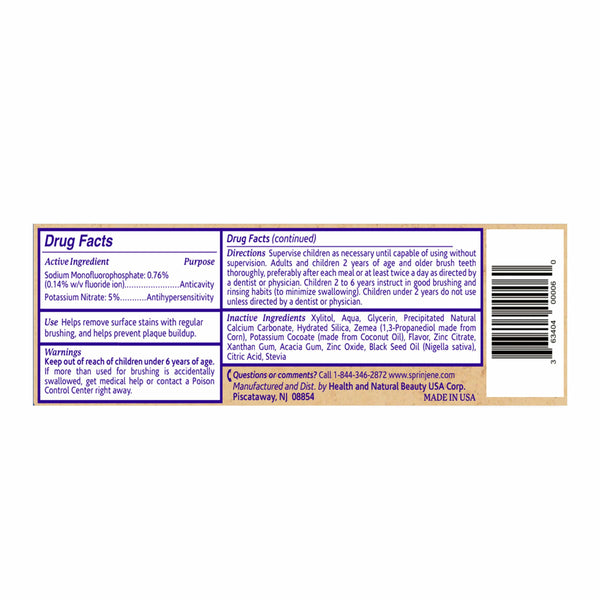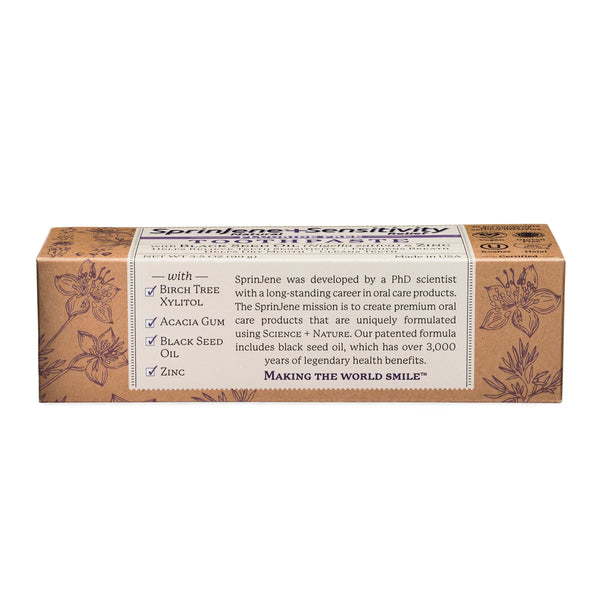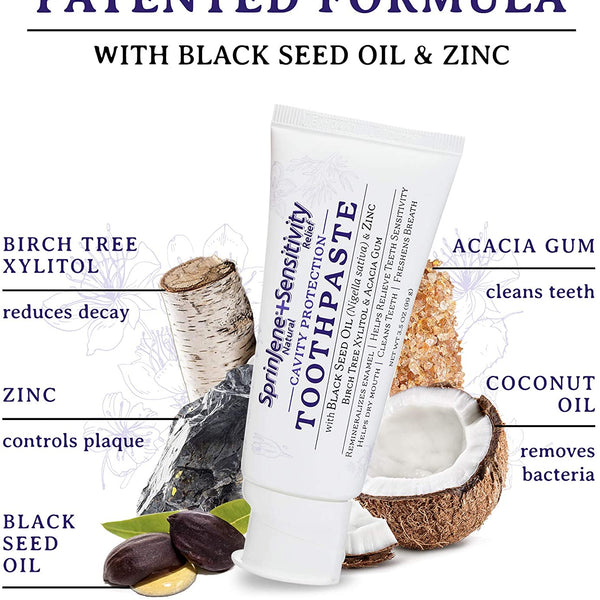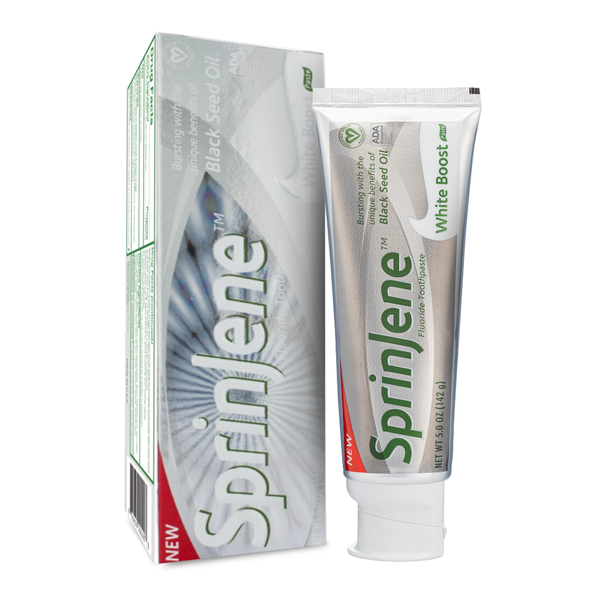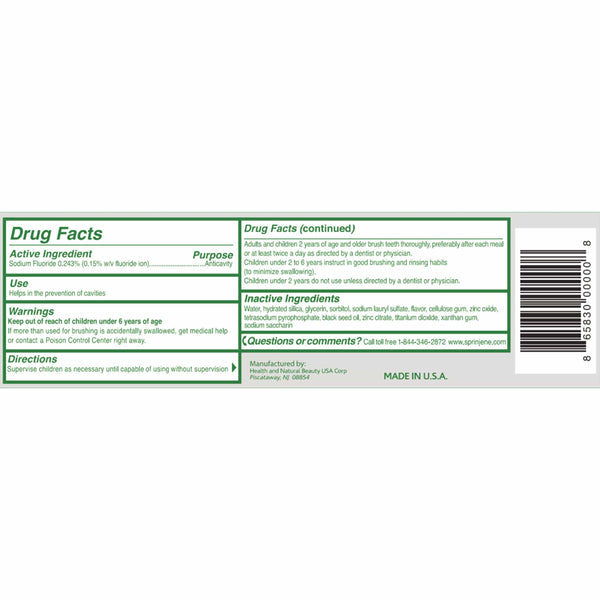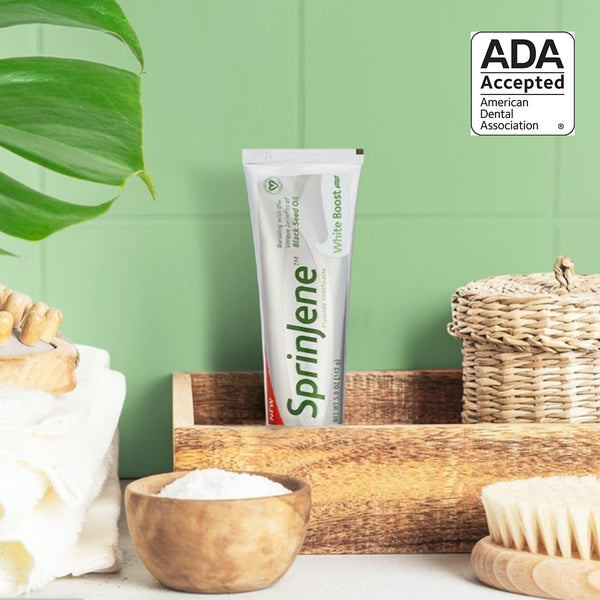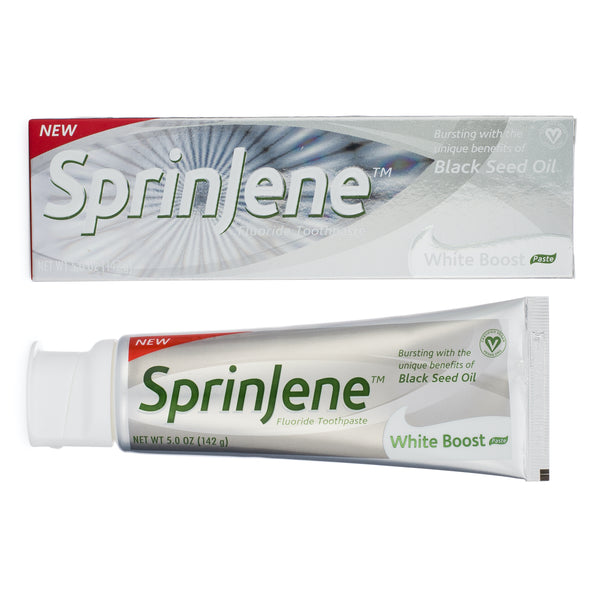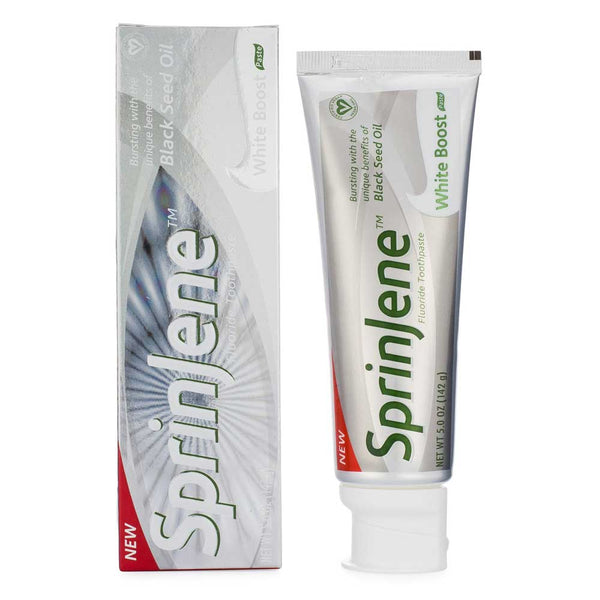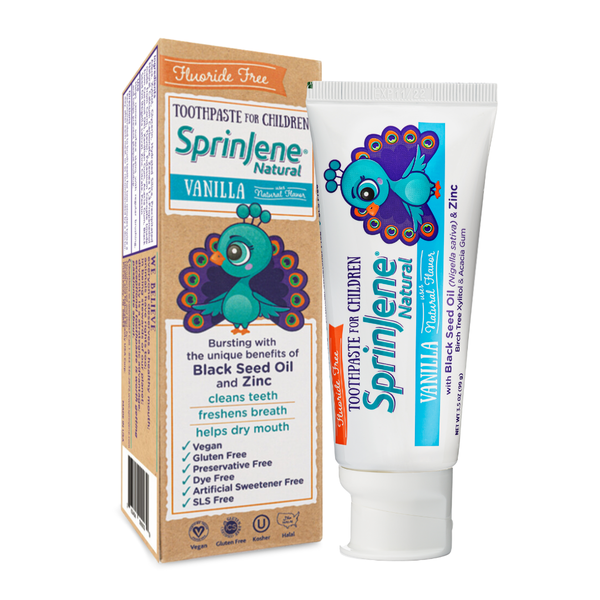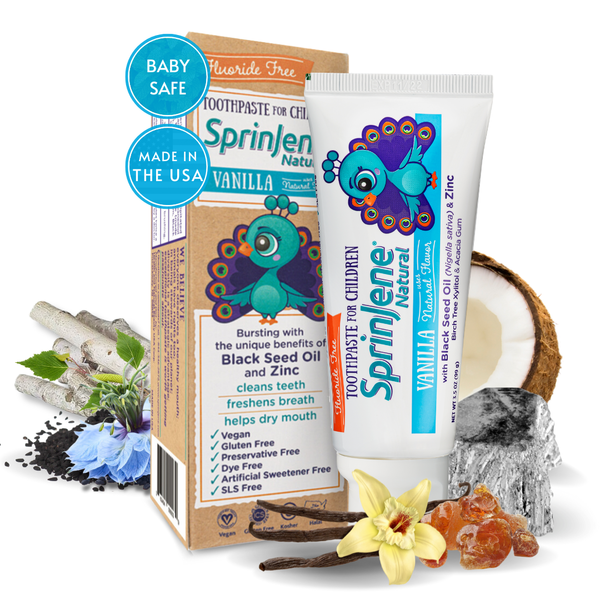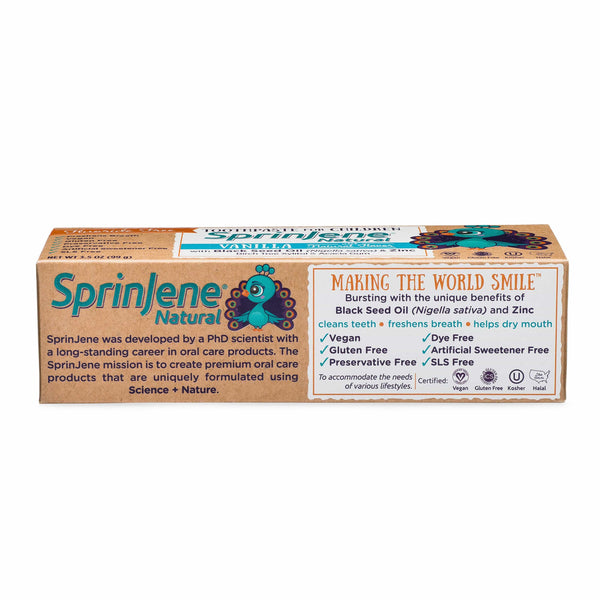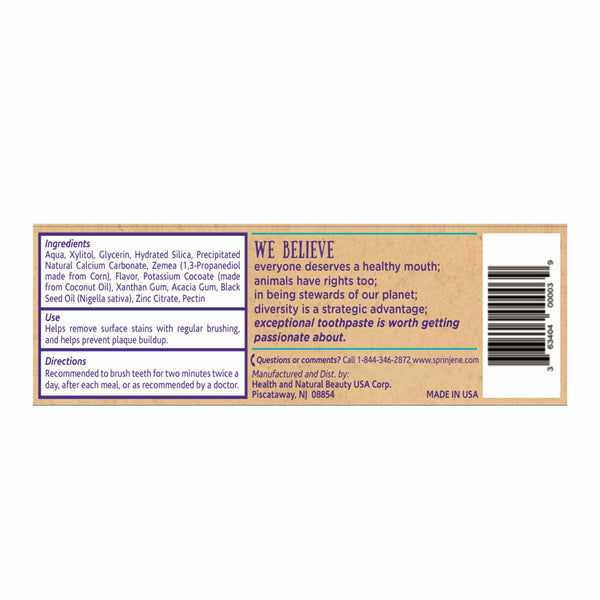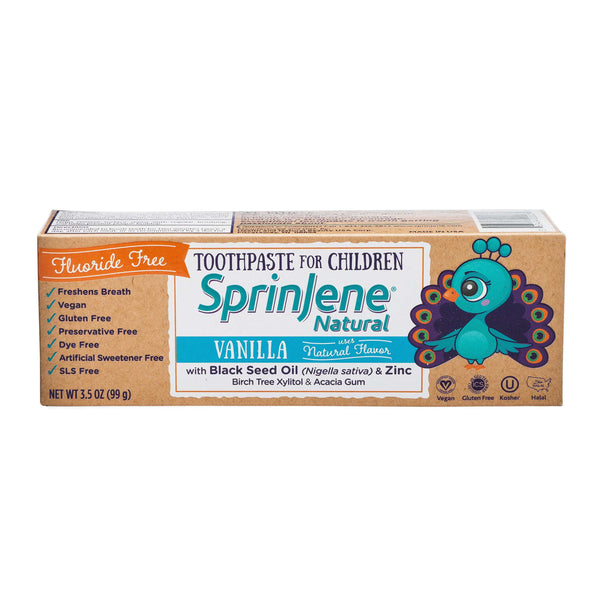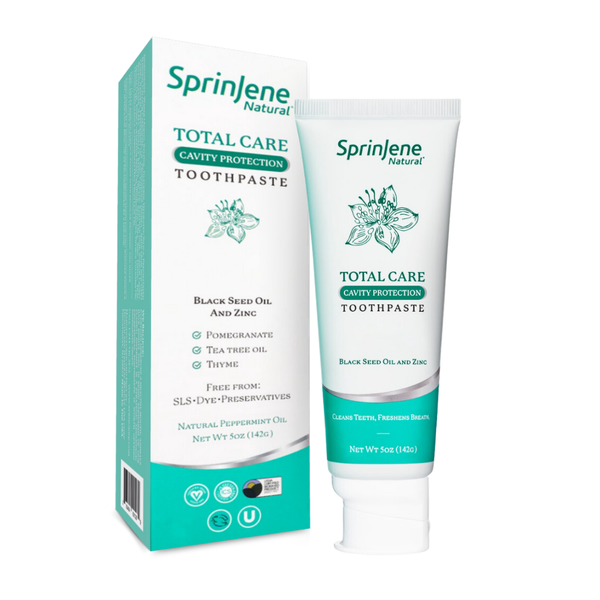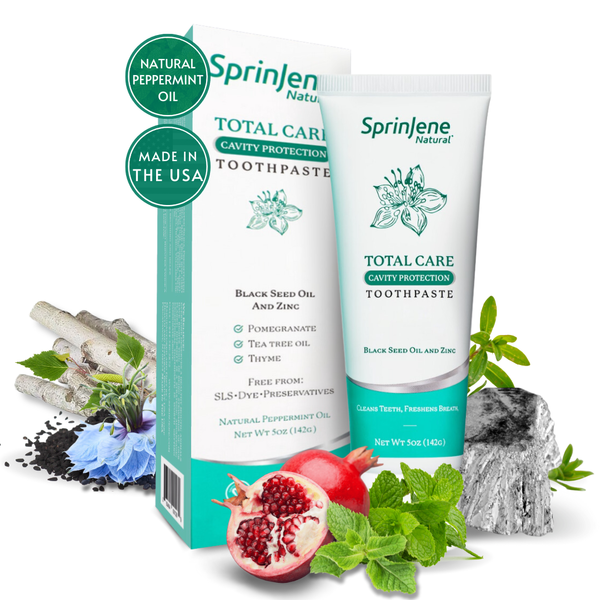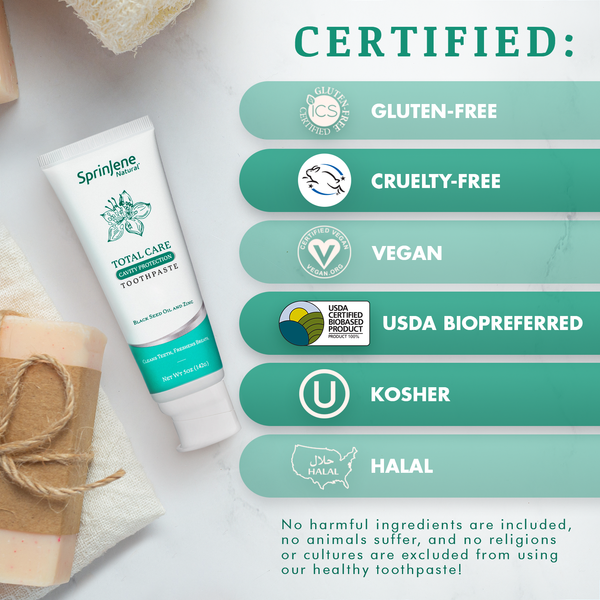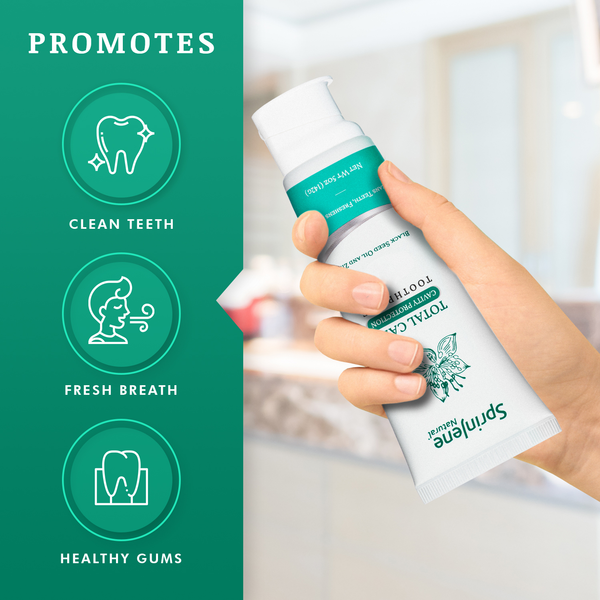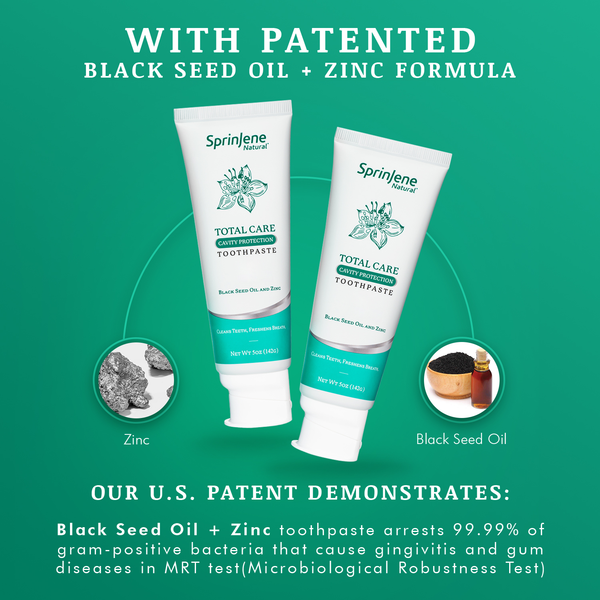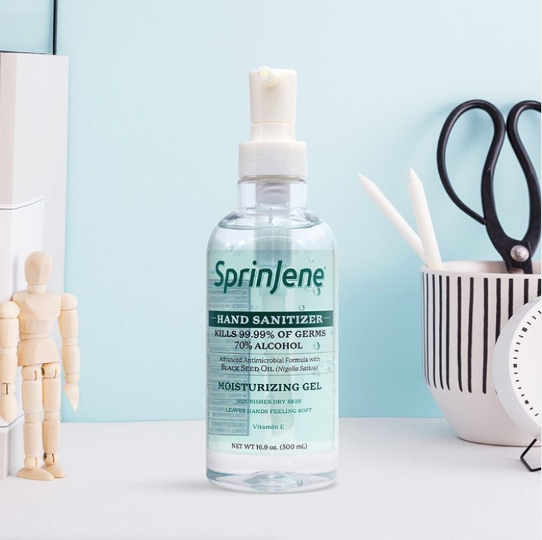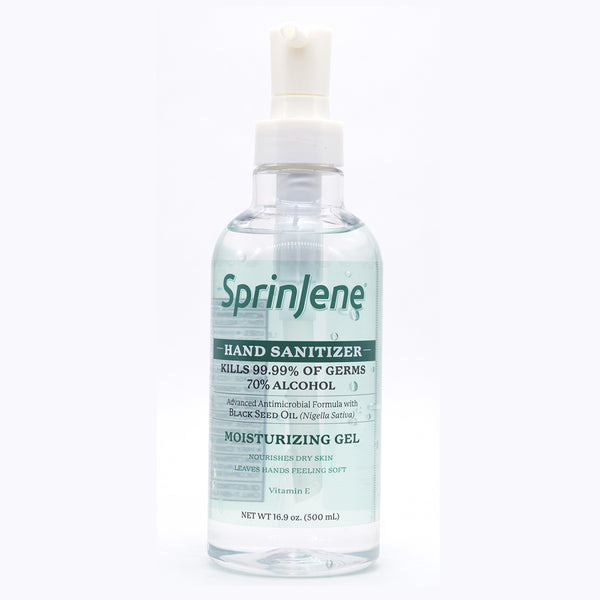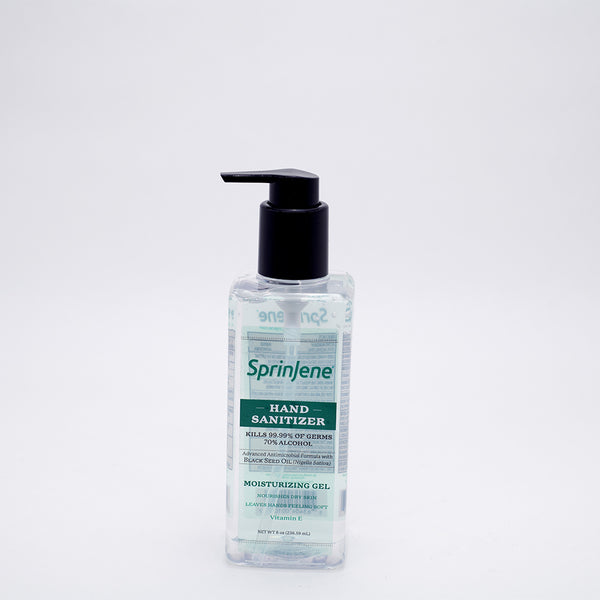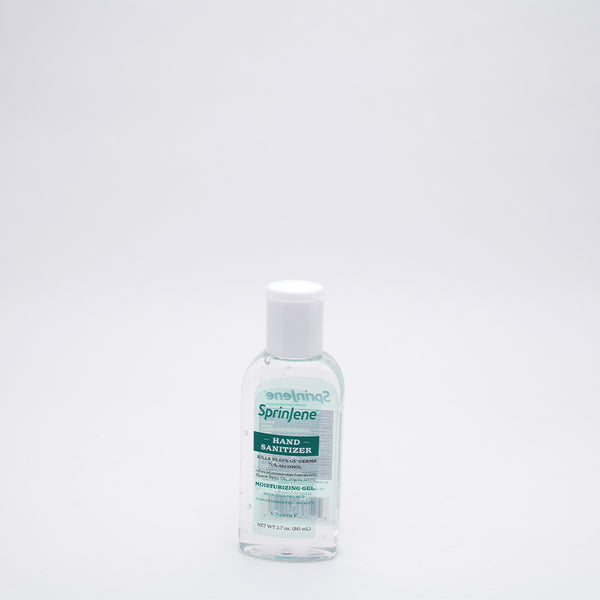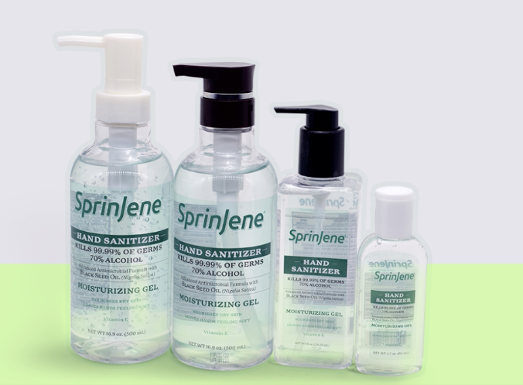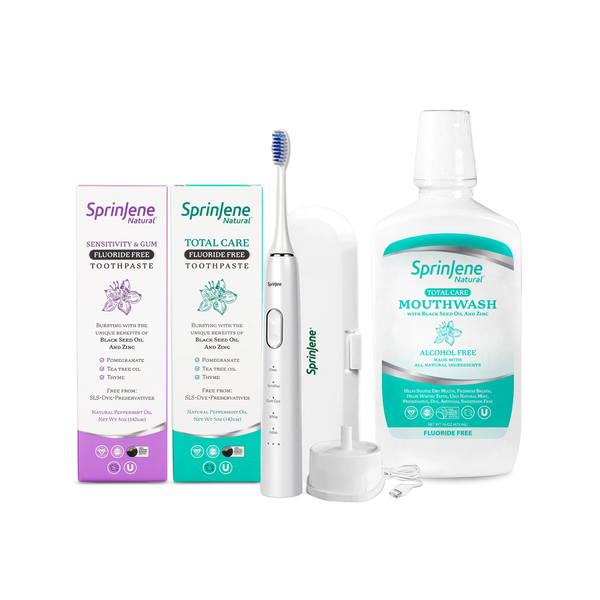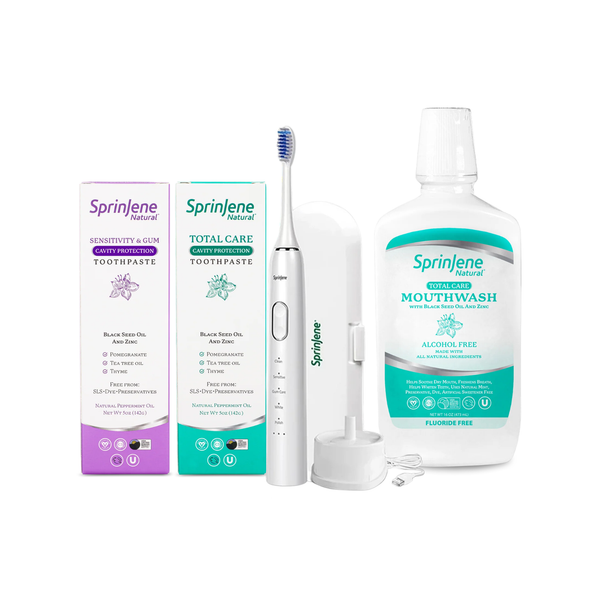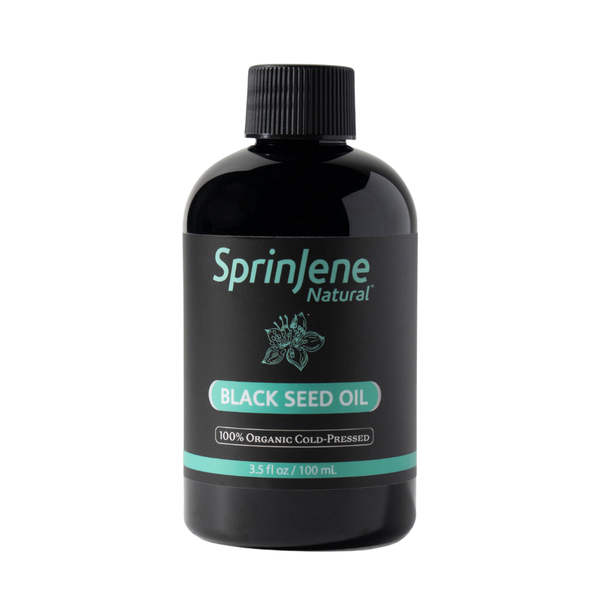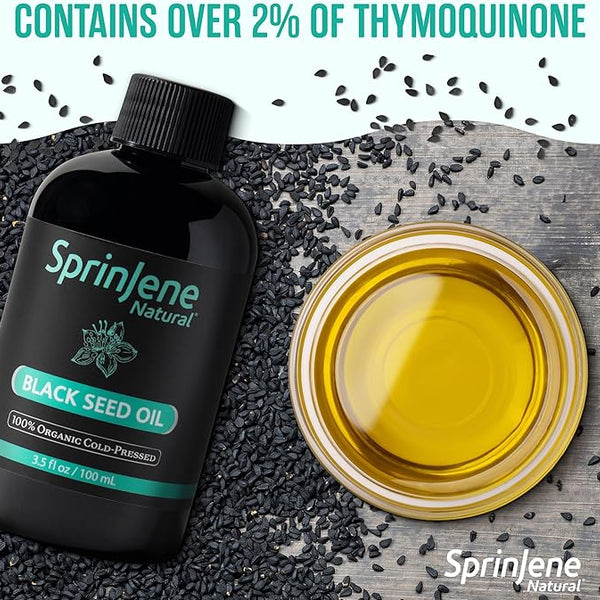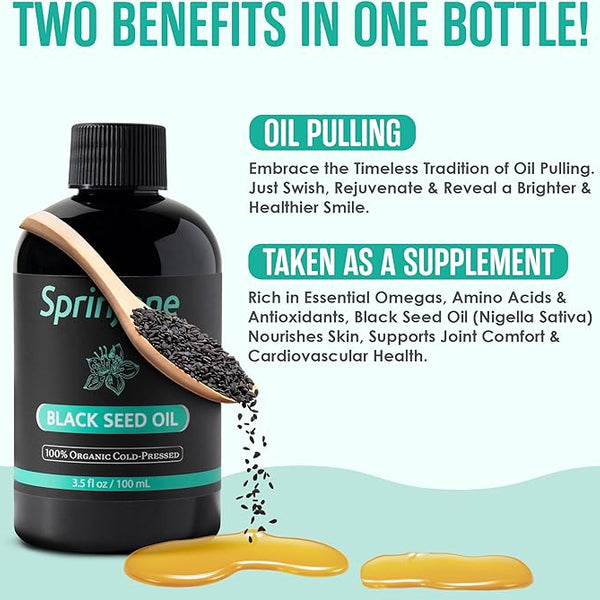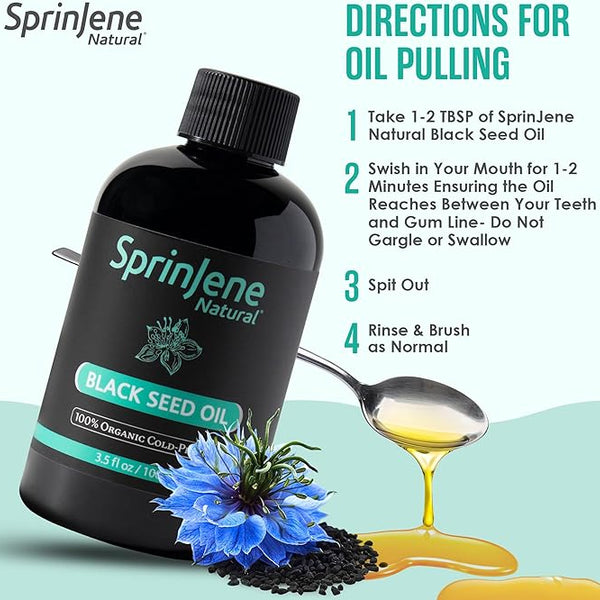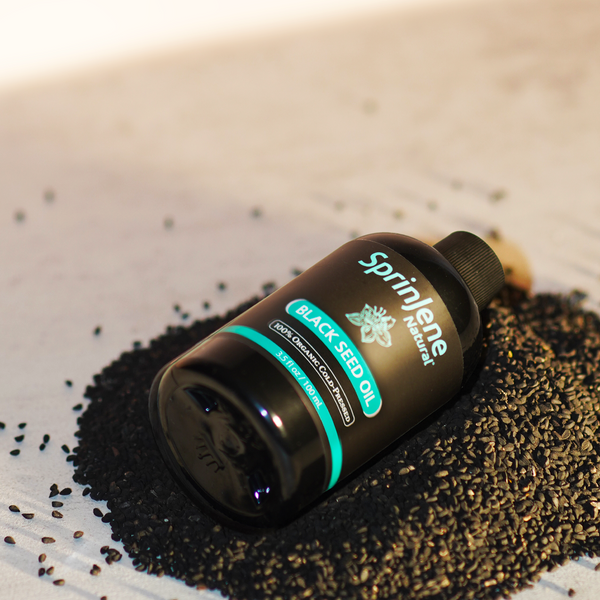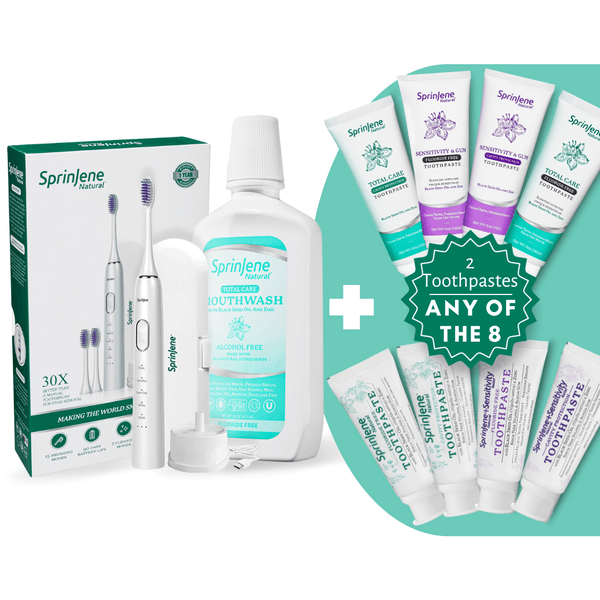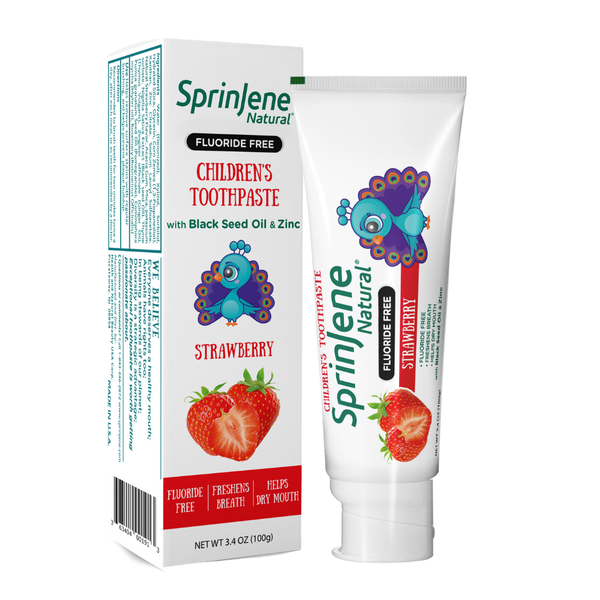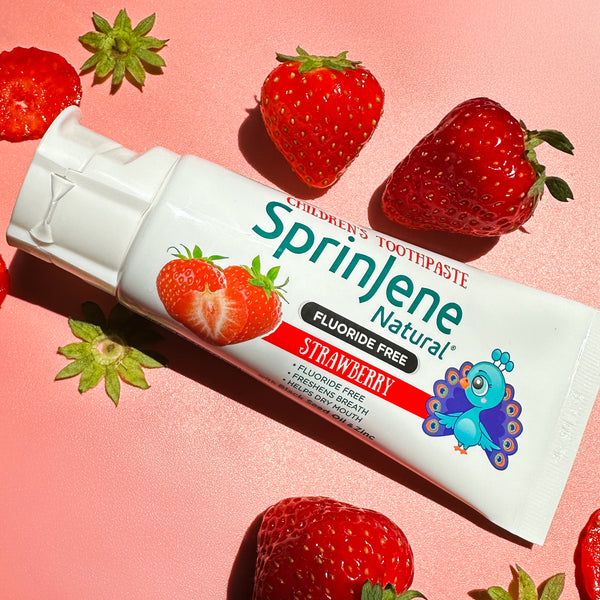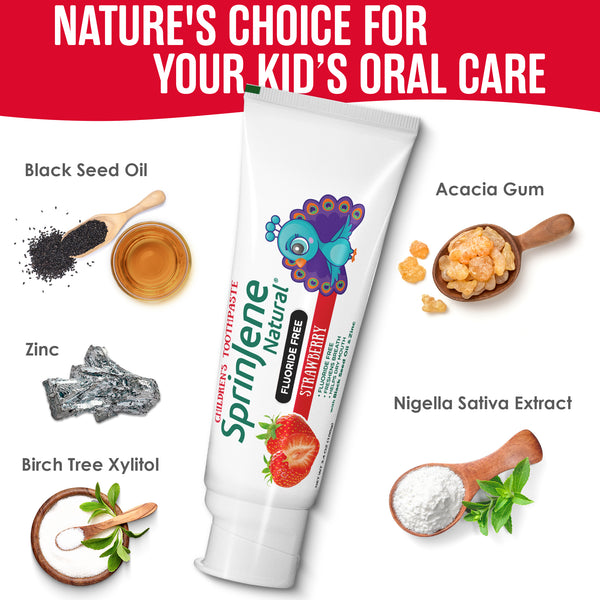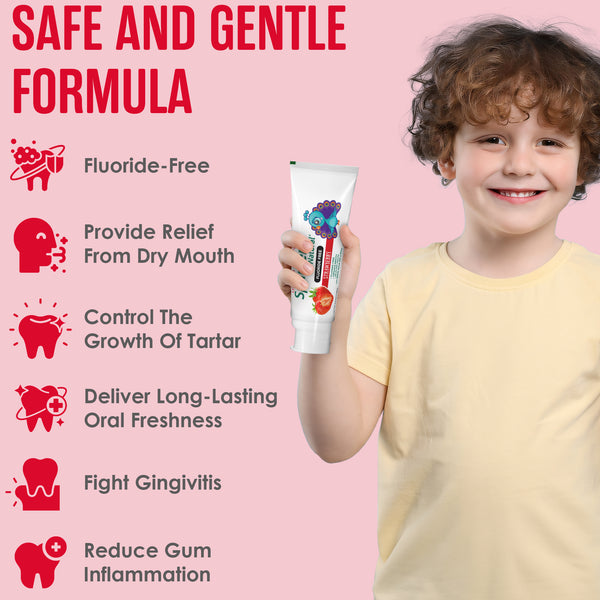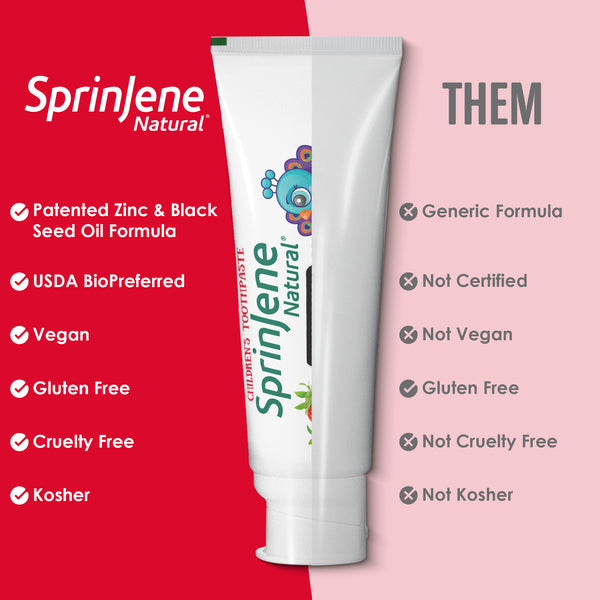
Gum, also known as gingiva, in anatomy, is defined as connective tissue covered with mucous membrane, attached to and surrounding the roots of the teeth and adjacent alveolar bone. Before the erupting teeth enter oral cavity, gum pads develop. These are raised areas of the overlying oral mucous membrane.
Healthy gums appear pink, stippled, and firm and have limited sensitivity to pain, temperature, and pressure. The gums are separated from the alveolar mucosa which appears scalloped and approximately follows the contours of the teeth. The gum margins around the teeth are free and extend as small wedges into the spaces between the teeth (interdental papillae). Internally, periodontal fibers enter the gum and hold it tightly against the teeth. Changes in color, texture, or abnormal sensitivity are early signs of gum inflammation, or gingivitis
What is Gum Disease?
Gum disease initiates when plaque accumulates under and along the gum line. Plaque is a sticky film-like substance that is filled with bacteria. If not removed earlier on, it can cause infections that can damage the gum and bone, leading to gingival disease and tooth decay. Plaque can also cause gingivitis, which is the earliest stage of gum disease. Gingivitis causes your gums to become:
- Inflamed
- Tender
- Red
- Swollen
- Prone to bleeding
Fortunately, this is not a permanent situation and it can be reversed.
A serious complication of gingivitis is periodontitis. This is an advanced form of gum disease. Periodontitis impacts the bones that hold your teeth in place. If left untreated, it can damage the gums, bones, and tissues connected to your teeth causing teeth to become mobile and fall out. This is also referred to as the final stage of periodontitis.
According to the American Dental Association (ADA), the following signs and symptoms indicate that a person is suffering from periodontitis:
- Consistent bad taste or breath
- Separating or loose permanent teeth
- Gums that bleed easily
- Gums that appear swollen, red, or tender
- Gums that have pulled away from the teeth or receded gums.
Gum disease is preventable. Here are a few ways you can keep your gums healthy:
- Brush and floss regularly:
Be regular with brushing. Ideally brush twice a day at least. Flossing should not be neglected. There are areas impossible to reach with a brush. These can be accessed using a dental floss.
- Quit smoking:
Smoking reduces the blood supply to smaller capillaries in the gums making it difficult for gums to recover once damaged. Smoking also weakens the immune system making it harder to fight off a gum infection.
- Get regular cleanings:
Professional cleanings can detect gingivitis at an early stage so it can be treated. Plaque that has hardened and turned to calculus cannot be removed just by mechanical brushing or flossing. It is important to remove this by getting a professional cleaning done.
- Use a good quality fluoride toothpaste:
Using a good quality tooth paste goes a long way in dental hygiene. Ideally one that has fluoride is important since fluoride has the potential to regenerate enamel and prevent tooth decay.
- Use a therapeutic mouthwash:
A therapeutic mouthwash such as one that contains clorhexidane is recommended for patients with gingivitis and periodontitis. Cholorhexidane has antibacterial properties and helps reduce if not eliminate bacterial load in the mouth.
Natural Toothpaste for Healthy Gums:
Ideally you need a tooth paste that has:
- Fluoride
- Anti-microbial properties
- Anti-inflammatory properties
- Is not an irritant
SprinJene Natural toothpaste is an excellent toothpaste made from 100 percent natural ingredients. It is chemical free and has no side effects.
Patented Zinc and Black Seed Oil Formula!
Natural Sensitivity Relief Toothpaste with Cavity Protection features a patented formula with zinc and black seed oil, along with “good for you” ingredients like coconut oil, birch tree xylitol, and acacia gum. Plus, potassium nitrate is added to make brushing gentler on sensitive teeth. This patented natural toothpaste for sensitive teeth can help to:
- Control the growth of tartar.
- Deliver long-lasting oral freshness.
- Fight gingivitis (gum disease).
- Reduce gum inflammation.
References
- American Dental Association Division of Science. (2015). Keeping your gums healthy.
jada.ada.org/article/S0002-8177(15)00245-7/fulltext - Common myths of gum disease. (n.d.).
mouthhealthy.org/en/Common-Myths-of-Gum-Disease - Flossing. (n.d.).
mouthhealthy.org/en/az-topics/f/flossing - Gum disease. (n.d.).
mouthhealthy.org/en/az-topics/g/gum-disease - Gum (periodontal) diseases. (2017).
nidcr.nih.gov/OralHealth/Topics/GumDiseases/?_ga=2.263432268.1703479612.1510012145-1946023079.1477327955 - Mayo Clinic Staff. (2016). Oral health: Brush up on dental care basics.
mayoclinic.org/healthy-lifestyle/adult-health/in-depth/dental/art-20045536?pg=1 - Oral health. (2017).
womenshealth.gov/a-z-topics/oral-health - Oral health topics: Mouthwash (mouthrinse). (2017).
ada.org/en/member-center/oral-health-topics/mouthrinse - Periodontal disease. (2015).
cdc.gov/oralhealth/periodontal_disease/ - Smoking, gum disease, and tooth loss. (2017).
cdc.gov/tobacco/campaign/tips/diseases/periodontal-gum-disease.html - Taking care of your teeth and mouth. (2016).
nia.nih.gov/health/taking-care-your-teeth-and-mouth




